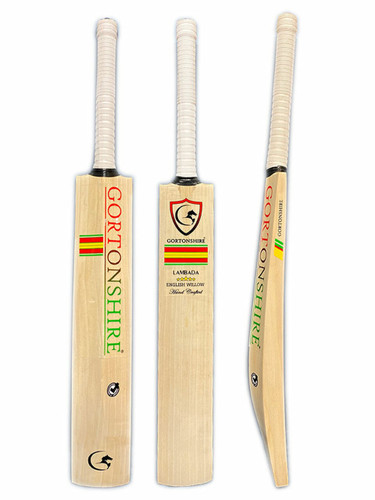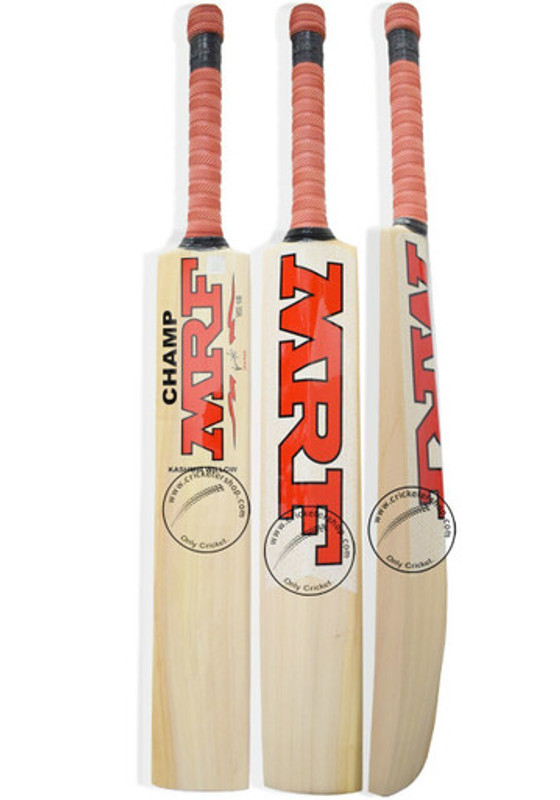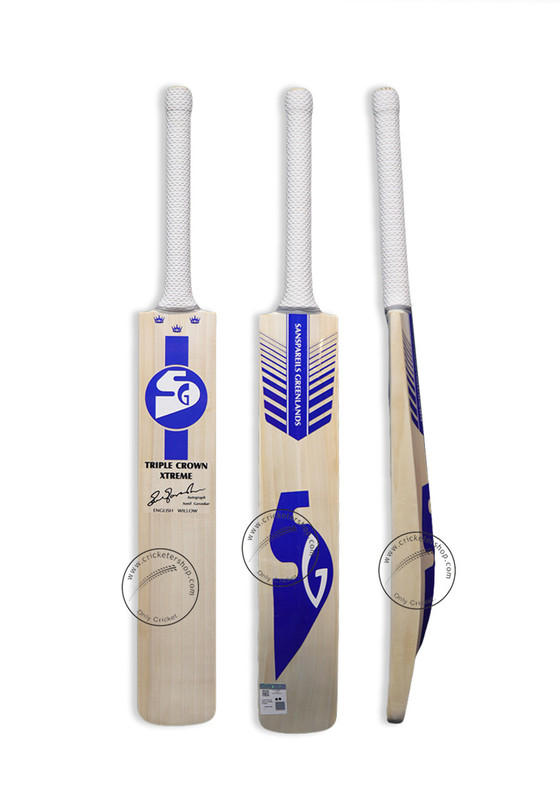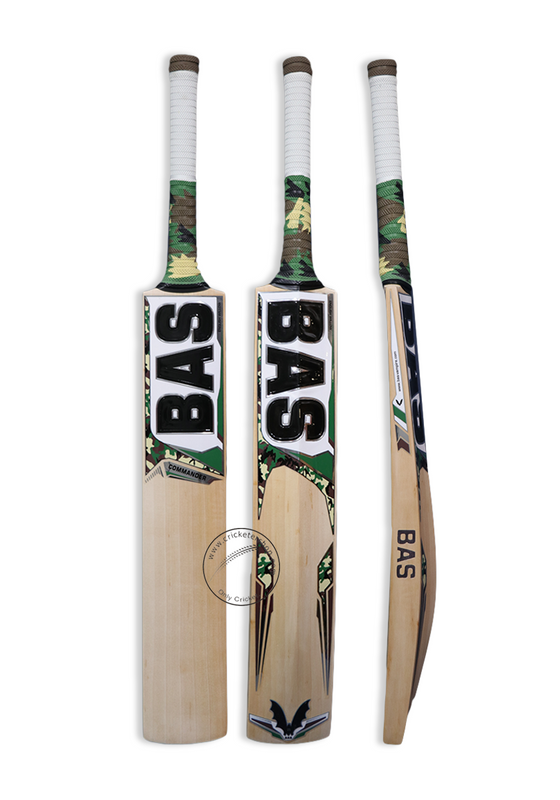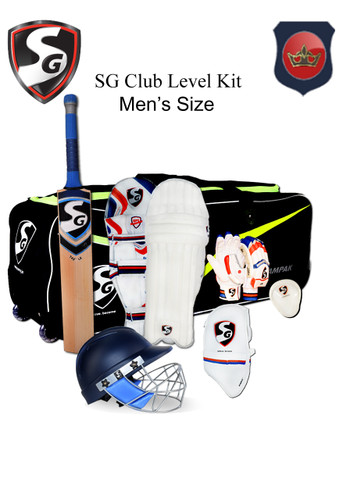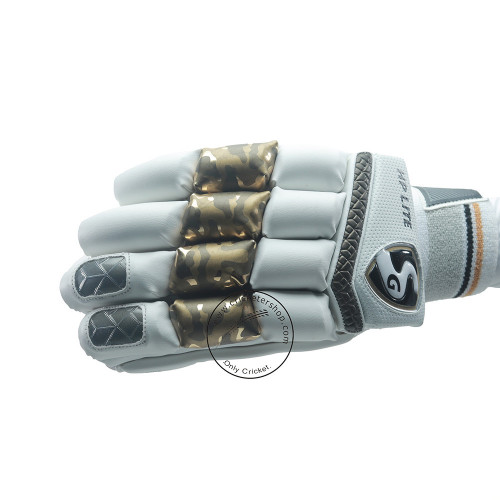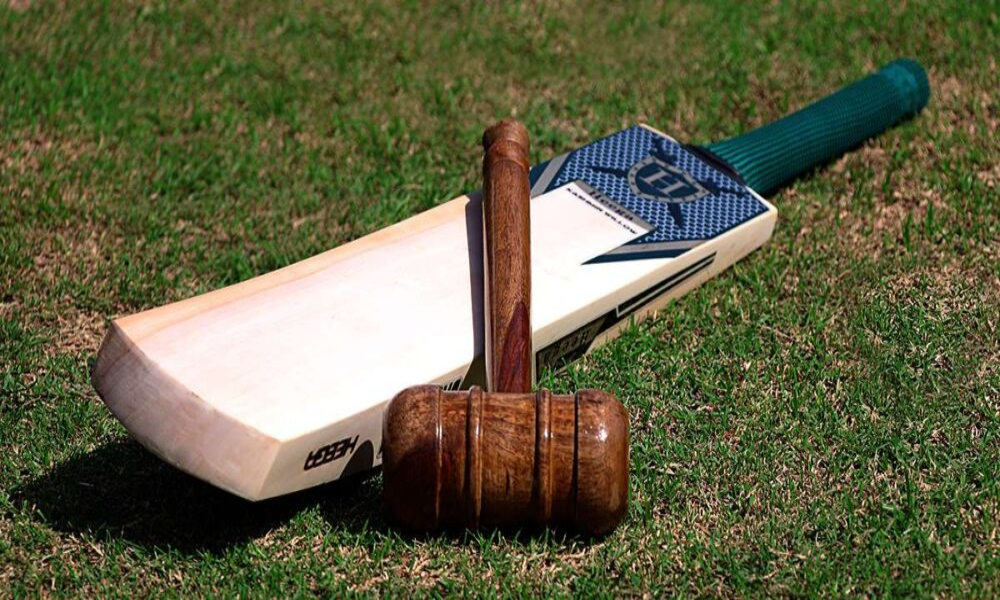Introduction
In the fast-paced world of competitive sports, the equipment used can significantly impact an athlete’s performance. Thanks to technological advancements, high-tech materials are now revolutionizing sports gear across various disciplines. From lighter, more durable tennis racquets to footballs designed for precise aerodynamics, these innovations are setting new standards in athletic performance. In this blog, we’ll explore how these materials are transforming the sports landscape, highlighting the benefits they bring to athletes and enthusiasts alike.
Evolution of High-Tech Materials in Sports Equipment
Historical perspective on traditional sports gear materials
The journey of materials used in sports equipment has its roots deeply embedded in the customs and available resources of ancient civilizations. Traditionally, sports gear was made from natural materials like wood, leather, and cotton. For instance, early baseball bats were crafted from wood types selected for their hardness and durability, while footballs were made from pigskin or cowhide. This choice of materials often resulted in heavy and sometimes cumbersome equipment that would vary widely in performance depending on environmental factors and the quality of the raw materials.
Emergence of high-tech materials in sports equipment
The technological revolution brought about a transformative shift in the materials used for sports equipment. The introduction of synthetic polymers, carbon fiber, and even advanced ceramics marked a new era. These materials were engineered specifically to enhance performance, durability, and weight reduction. For example, the transformation from wooden to composite tennis rackets allowed for precision in control and swing power, revolutionizing the game for players worldwide. Similarly, the use of high-tech fibers in running shoes has not only reduced their weight but also improved foot support and energy return to the athlete during the race.
Impact of High-Tech Materials on Sports Performance
Lightweight materials enhance speed and agility
In the realm of competitive sports, the emphasis on speed and agility has led to a significant reevaluation of the materials used in sports gear. High-tech materials such as carbon fiber and lightweight aluminum alloys have become common. These materials provide critical benefits:
– Reduced Weight: Athletes can move faster and with greater ease. For example, track spikes made from lightweight materials help runners increase their stride rate and speed.
– Enhanced Agility: In sports like soccer and basketball, where quick lateral movements are crucial, lightweight shoes enable players to maneuver more swiftly and effectively.
This shift not only enhances performance during competitions but also allows athletes to extend their training sessions due to less physical strain from their gear.
Durable materials improving longevity and sustainability
The durability of sports equipment is paramount not only for performance but also from a sustainability standpoint. The use of high-tech materials like reinforced polymers and tempered alloys means equipment can withstand more wear and tear, thus extending its usable life and reducing the frequency of replacement. For example, modern hiking boots utilize strong synthetic fibers which are capable of handling rough terrains for longer periods. Additionally, the use of durable materials:
– Reduces Waste: Longer-lasting equipment means less material waste.
– Promotes Sustainability: By using materials that are often recyclable, such as certain plastics and metals, the environmental impact is reduced.
Innovative materials boosting comfort and injury prevention
Comfort and injury prevention are critical factors influenced significantly by the materials used in sports equipment. Innovative materials such as viscoelastic foam in helmets and footwear, and gel inserts, have changed the landscape of sports safety. These materials have properties that absorb shock and distribute pressure evenly, which significantly reduces the risk of injuries. They also adapt to the athlete’s body contours, providing a higher level of comfort during play. Moreover, the breathable properties of certain modern fabrics help in managing the body’s temperature and reducing moisture, further enhancing an athlete’s comfort and reducing the risk of heat-related stress and injuries.
High-Tech Materials in Different Sports Equipment

High-tech materials in running shoes
The evolution of running shoes is marked by significant innovations, particularly with the integration of high-tech materials designed to enhance performance and comfort. Originally just rubber and canvas, today’s running shoes utilize advanced synthetics and engineered foams that provide superior cushioning and energy return with each step. Materials such as thermoplastic polyurethane (TPU) and expanded polyurethane (EPU) are commonly used in midsoles to offer resilience and longevity, which are critical for runners covering vast distances. Additionally, the uppers now often feature lightweight, breathable mesh fabrics made from polyester or nylon blends, which help in heat management and moisture-wicking, keeping the runner’s feet cool and dry. These improvements not only boost the athlete’s performance but also reduce the risk of injuries, making running a safer and more enjoyable sport.
High-tech materials in tennis rackets
In tennis, the racket is the primary equipment, and its evolution has profoundly influenced the game. Modern tennis rackets utilize high-modulus graphite and carbon fiber composites for their frames, offering an unparalleled blend of strength, stiffness, and lightweight feel. These materials allow for precise shots and powerful serves while maintaining control and reducing arm fatigue. Innovations also extend to the strings, where materials like polyester and multifilament fibers provide enhanced elasticity, durability, and responsiveness. Advanced vibration dampening technologies within the racket’s structure also help in reducing the impact on wrists and elbows, thus preventing common tennis injuries. By incorporating these high-tech materials, manufacturers have tailored their designs to cater to varying styles of play and athlete preferences, significantly changing the competitiveness and dynamics of the sport.
High-tech materials in protective gear (helmets, padding)
Protective sports gear, including helmets and body padding, also benefits from the development of high-tech materials, ensuring better safety standards for athletes across various sports. Helmets made of advanced polymers and reinforced plastics offer high impact resistance while maintaining a lightweight profile. Technologies such as Multi-directional Impact Protection System (MIPS) inside helmets mitigate the forces of rotational motion, a common cause of brain injuries in sports like cycling and football. Similarly, padding used in sports such as hockey and football now often includes viscoelastic foams, which are materials that harden upon impact and thereby dissipate collision forces, reducing the risk of injuries to the athlete’s body. These materials not only enhance safety but also comfort and agility, allowing athletes to perform at their peak without being bogged down by bulky equipment.
Future Trends in High-Tech Sports Equipment

Sustainability initiatives in high-tech materials
Looking forward, sustainability is becoming a critical focus in the development of high-tech sports equipment. Manufacturers are increasingly investing in eco-friendly materials that do not compromise on performance. For example, bio-based polymers and recycled plastics are being utilized to create everything from running shoe soles to soccer jerseys. Companies are also exploring the lifecycle impacts of their products, aiming to increase the recyclability and reduce the carbon footprint of their manufacturing processes. Such initiatives not only cater to the growing consumer demand for environmentally conscious products but also contribute to the broader goal of reducing the environmental impact of the sports industry.
Integration of smart technology with sports gear
Another exciting trend is the integration of smart technology into sports equipment. Today, athletes can use gear embedded with sensors and connected technology to track performance metrics such as speed, force, and endurance. Smart running shoes and fitness trackers that synchronize with mobile apps are prevalent examples, providing athletes with real-time feedback that can be used to tailor training regimes and improve performance. Additionally, advancements in wearable technology are seeing the development of garments that can monitor heart rate, muscle activity, and even predict potential injuries, opening up new frontiers for both training and competitive play. As this technology continues to evolve, it will further personalize the athletic experience and enhance the engagement of both athletes and spectators in the sporting world.
By embracing these innovations, the sports equipment industry is poised for groundbreaking advancements that promise to redefine athletic performance and safety.
Conclusion
The integration of high-tech materials into sports equipment is not just revolutionizing how athletes train and compete but is also redefining the boundaries of what is possible in sports. Materials such as carbon fiber, graphene, and advanced polymers are providing unparalleled advantages in terms of durability, weight reduction, and improved performance. As technology continues to advance, we can expect even more innovative and efficient materials to emerge, potentially setting new standards and creating a more exciting future for sports enthusiasts around the world. Whether you’re a professional athlete or a recreational player, the impact of these materials on sports equipment can significantly enhance your performance and enjoyment of the game.

